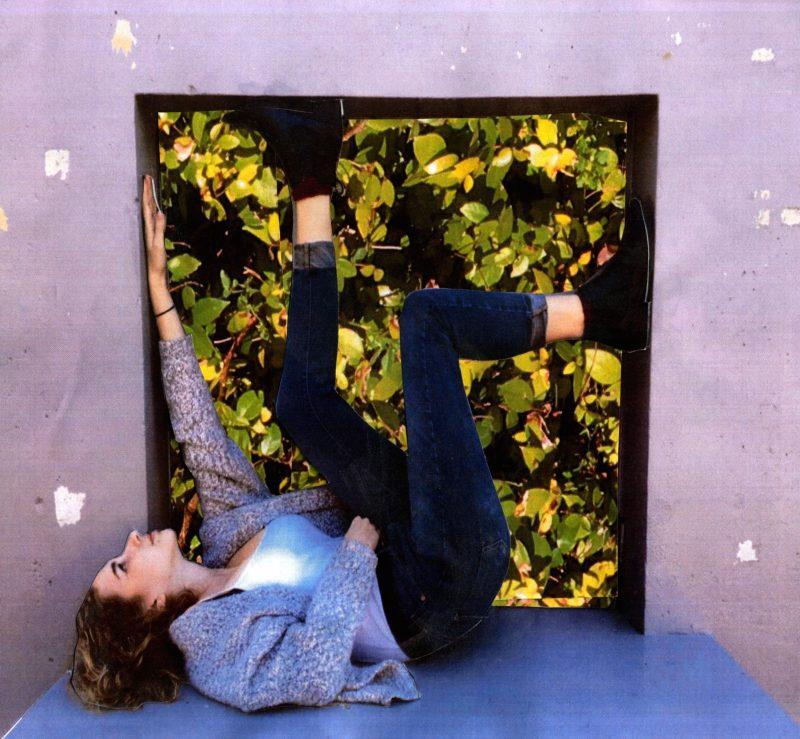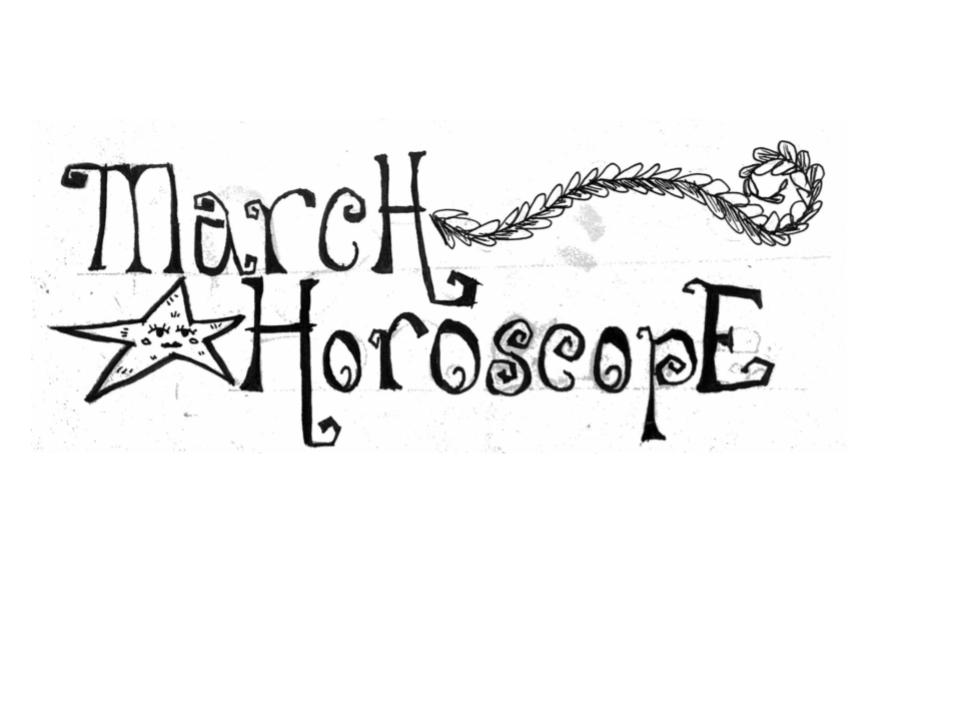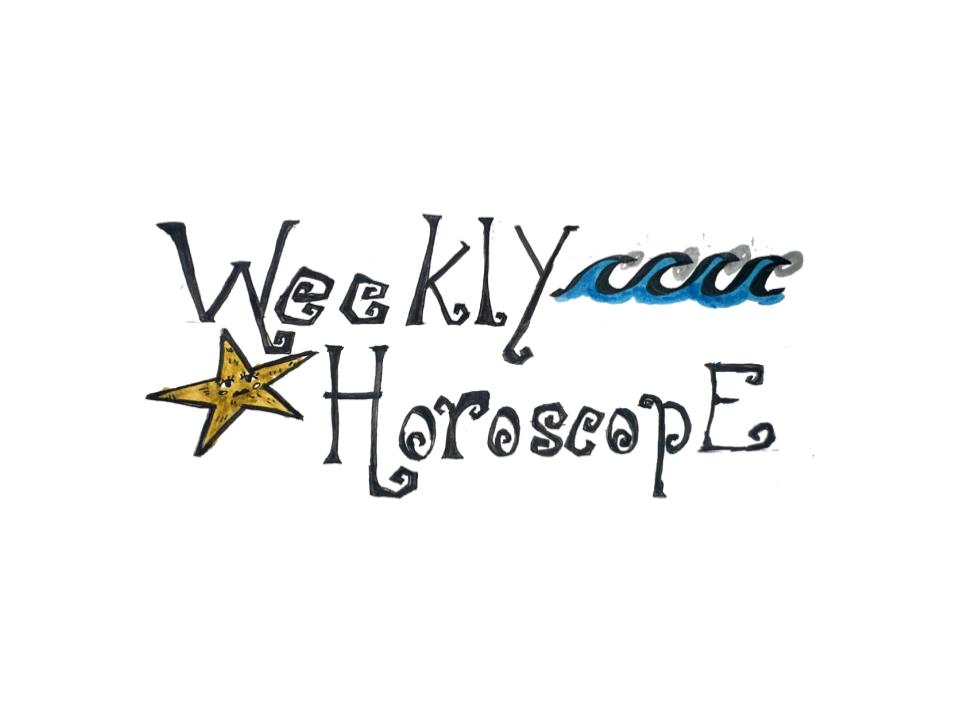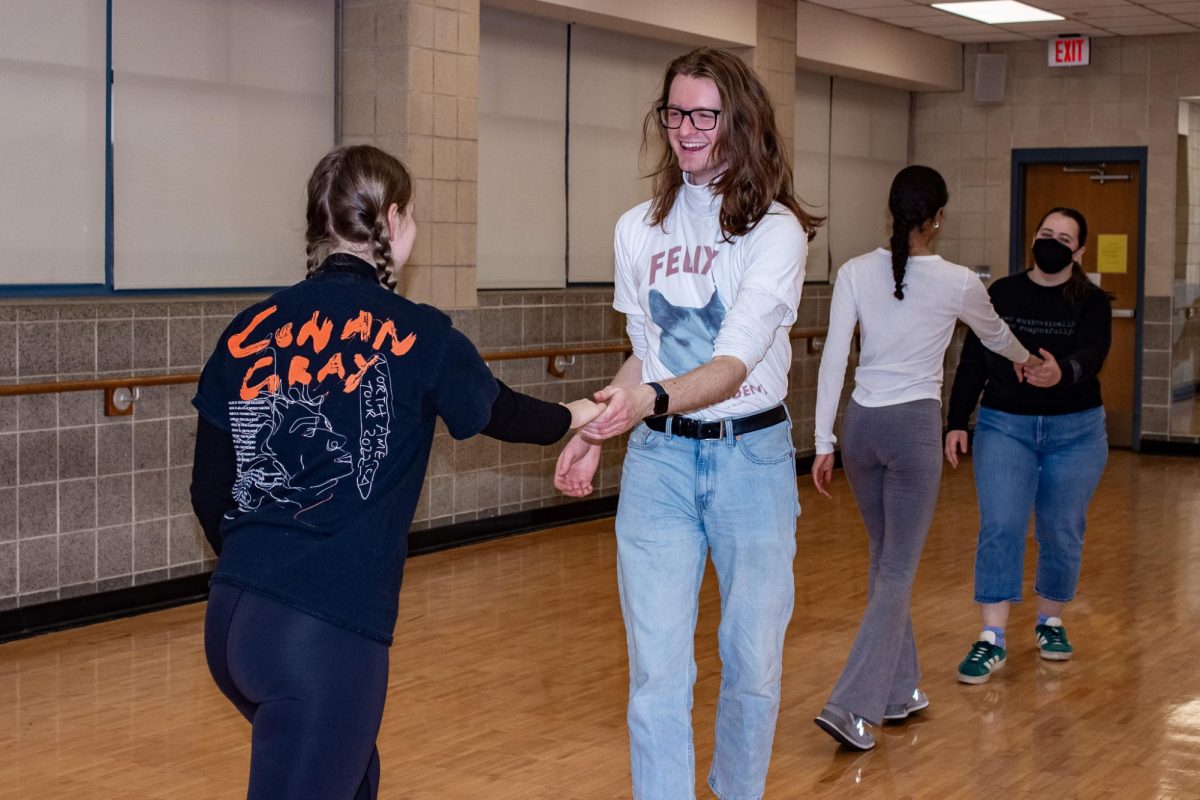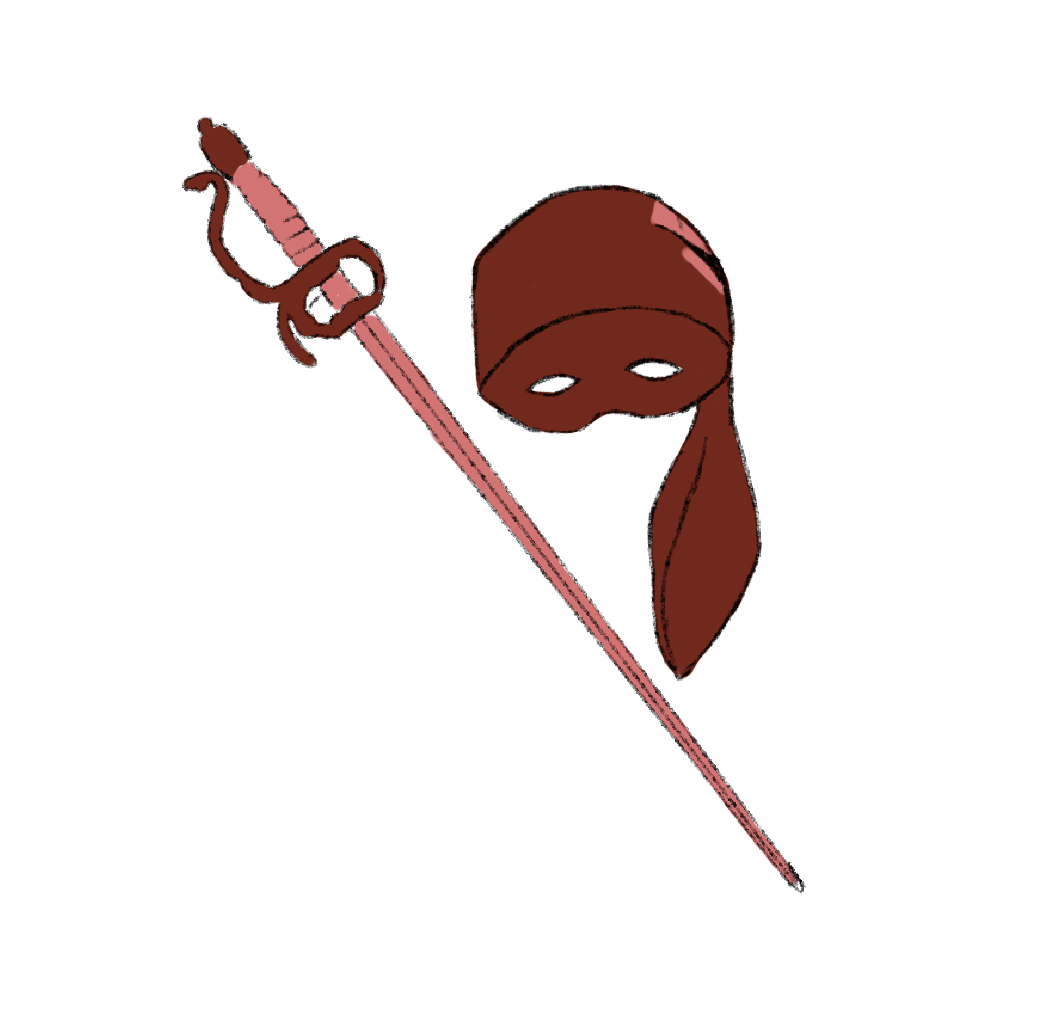Seafoam green. So much seafoam green.
Beverly Morabito, junior art student, sat on her stool in her Alternative Studio Practices class next to her fellow students, who were also painting. The object she brought into class that day was her roommate’s old tax textbook.
The studio grew louder as the 12 students in this class talked and joked while painting their objects with their own unique color. Morabito covered the whole textbook with her specific shade of soft green.
“[My roommate] said that the tax laws change every year, and so every year, a new textbook comes out and the old one is irrelevant. She couldn’t even sell it or anything. So I thought that was a fun, interesting statement of painting over the book because it was no longer relevant,” Morabito said.
Right now, in their Alternative Studio Practice class, the students are focusing on an unusual art style called polit-sheer-form. The students have been studying this method this semester and now they are making their own interpretations of polit-sheer-form.
Mathieu Borysevicz, an artist, writer, filmmaker and curator based in Shanghai, wrote about the style in an article that the class was assigned to read.
“PSFO [Polit-Sheer-Form Office] is a collective and as such their activities are aimed not so much at productive results but instead the mere idea of togetherness,” Borysevicz wrote. “The desired result of being together is simply the cultivation of a collective consciousness; at expanding the individual’s intellectual and spiritual capacity through shared experience, time and space.”
By painting their objects, the students recreated the community of unusual art inspired by the artists of polit-sheer-form.
Randy Wallace, studio manager, teaches this class. In this unique class, students study and practice experimental and nontraditional art performance. Students have studied many unconventional forms of art, including polit-sheer-form.
Morabito has enjoyed the atypical art class so far. She sees it as a fun challenge.
“The thing I like about it the most is that it’s kind of a challenge for me. First of all, because of the collaborative element, since I [usually] like to do things by myself,” Morabito said. “But then also just in general, I didn’t know what to expect when taking a class called alternative studio processes, because that could mean anything … It’s just interesting to let myself be at the hands of Randy [Wallace].”
In the class, students spend time studying the unusual art method before their assignments. They watch videos, read articles and discuss the meaning behind the artists’ styles. Wallace calls this the “hidden work.”
“There are all these supportive forms of expression that support the primary works. So, a sculpture may have these objects that he or she makes and there’s this hidden work — the invisible work, like the writing, the notes, the organized thoughts. We looked at that kind of thing a lot because we’re learning how to be an artist — how to think like an artist — and it’s not just about producing that image. It’s not always about that product,” Wallace said.
Their most recent assignment generated a series of manipulated photos of students positioned in locations across San Antonio, emphasizing perception and the manipulation of photographs. Students traveled across San Antonio to find the perfect location for their photographs.
Morabito’s group traveled to the Pearl to pose for pictures.
“We were standing on pipes and things that we weren’t sure if we were allowed to stand on, and just being in weird positions and leaning up against walls and stores. It just ended up being kind of a cool project,” Morabito said.
Noah Davidson, a senior studio art major, went to Mission San José.
“I really enjoyed the assignment. It made you place yourself in a new environment and it made you draw out the shapes in the pictures, to realize the shapes in nature. It was really productive. I like how we’re working with unconventional art. It’s thought provoking. It provokes your imagination,” Davidson said.
Wallace encourages students of all class levels and majors to join his class. Wallace believes that a diverse group of students allows each to bring a unique perspective to the collective.
“You work with everybody’s strengths. You discover these surprises of your classmates and peers that you don’t always get to see. They’ll go off and do something independently and they’ll come back and suddenly they’ve contributed this unique aspect of themselves that the group can absorb and amplify,” Wallace said.

